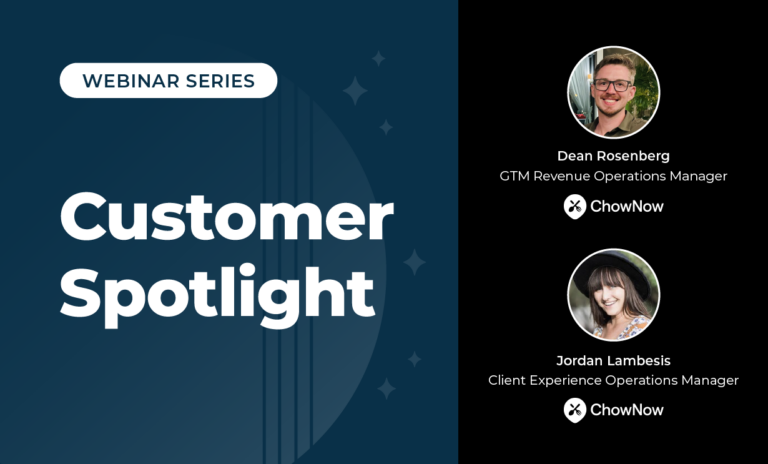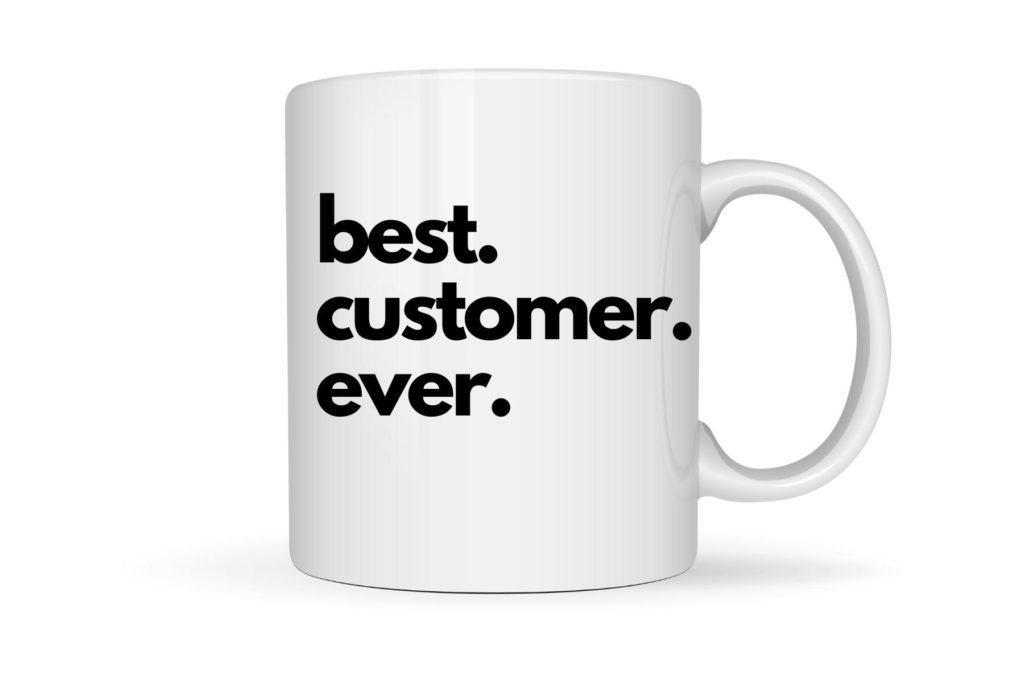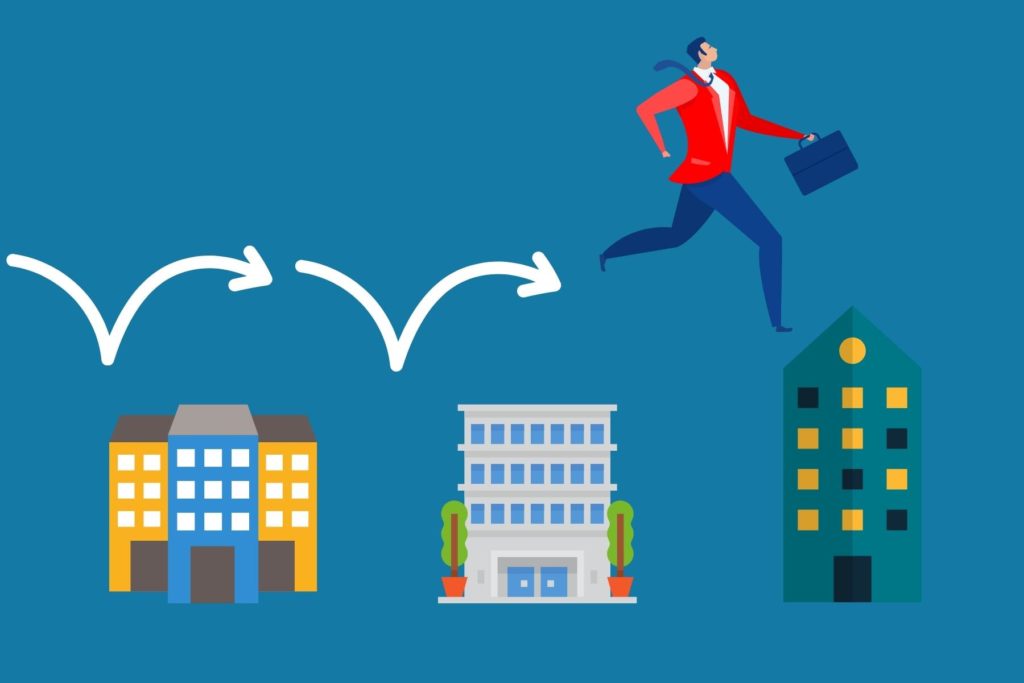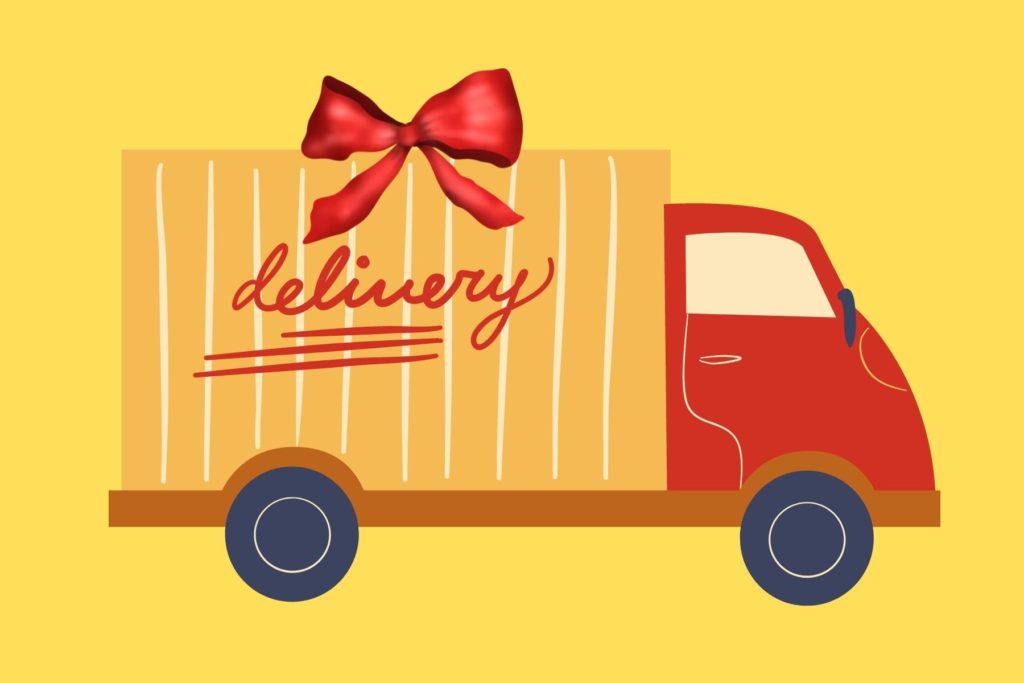With so much job turnover in the U.S. since 2020, you may have noticed a slew of academy award-winning farewell speeches in your LinkedIn feed.
You know the ones. They always start with “I’m happy to announce” and then they thank their boss, mentor, grandmother, therapist, a few coworkers (past and future) and possibly their first grade teacher.
Pew Research reports that 2.5 percent of workers, roughly four million people, switched jobs each month from January to March 2022. This equates to an annual turnover of 30 percent of workers, practically 50 million people, a portion of which are likely your customers.
Every time an existing customer changes companies, it creates a potential opportunity. These sales opportunities, your warmest leads, will likely have a much shorter sales cycle because they already know you. And yet many sales organizations have no defined process to track job changes.
In this post we’ll walk you through revenue plays that target these job-changing folks we call “alumni customers.”
What is an Alumni Customer?
For our purposes here, an alumni customer is someone who used to be your customer at one company, but has left to take a position with a new company. For example, your favorite customer Bart leaves his job at customer account Quick-E-Mart to work at the Springfield Nuclear Power Plant. That makes Bart an alumni customer.
Opportunities related to alumni customers will generally fall into one of three categories:
- Your former customer works at a new company, but has the same job title.
- Your former customer works at a new company and has a different job title.
- A prospective customer leaves in the middle of the sales cycle to work at another company.
All three of these alumni customers are warm leads worth your time and nurturing efforts. Since they already know you and your product, you have a competitive edge. The revenue plays for each scenario are similar with minor variations. And even better, all plays can be automated with the right tech tools in place.
Be the First to Know: Tracking Job Changes
Scrolling for new job announcements in your LinkedIn feed is clearly not an effective way to track job changes. You could ask employees to manually monitor and update contact information in your CRM, but this slow process is neither efficient nor scalable. Plus, your Sales team’s time is always better spent selling than researching.
Instead, use technology. Sales intelligence platforms like UserGems, LinkedIn Sales Navigator, Champify and others can easily track customer job changes.
“If somebody is a very high user of Atrium, we tag that on their contact object. Then a software called UserGems pays attention to when that person lands somewhere else. The contact then gets routed over to an SDR. It’s nice because you’re selling to the same customer again. They have trust and know how your stuff works.”
Pete Kazanjy Modern Sales Pros
When job changing signals surface, lead-to-account matching and routing tools can help update the data in your CRM and automate revenue plays. Obviously, unless these tools are fully integrated into your revenue tech stack, speed and efficiency will be lacking. A key element of digital transformation involves connecting your tech stack so that siloed platforms are integrated into one seamless process.
Initial Conversation Points with Alumni Customers
Your alumni customer knows you work in sales, so your initial conversation may raise a little suspicion. That’s why your chat should be entirely about them — not about you. Put on your empathy hat. Don’t you remember what it’s like to join a new company? The initial whirlwind of onboarding, training, new tech tools, learning company culture, meeting new co-workers, and simply getting your bearings can be overwhelming.
During this first conversation, just be helpful and interesting. Prop them up and wish your alumni customer the best. Offer encouragement and support. There should be no discovery questions and no mention of your product.
Send the Unexpected Gift
Congratulate your alumni customer on their new job with an unexpected gift. This is your wow factor. Platforms like Sendoso, Postal.io, SnackMagic, and others can send a single item or launch an entire send campaign.
My favorite gift to send to clients is a collection of Jeni’s Splendid Ice Cream. No one ever expects ice cream in the mail.
LeanData has an out-of-the-box integration with Sendoso for gifting plays. This automation saves your team from packing boxes, writing notes, mailing items, managing inventory, or even maintaining a swag closet. Companies can send tailored gifts based on contextual record information in their CRM, like job changes. Gifts can then be tracked to help evaluate ROI.
Once the gift is received, send a follow up congrats email and wait 14 business days. Your relationship with an alumni customer is like a bank account. You must make deposits into that relationship. Without deposits, you cannot ask for a withdrawal, in this case, a meeting.
Be Smart with Your Discovery Strategy
Ok, it’s go time. On day 15 send your alumni customer a prospecting email. Personalize, customize, and ask smart questions like: “What kinds of things do you plan to roll out in your new job?” Ask for a meeting where you can catch up with them. At this meeting, you’ll perform a light discovery to determine if there’s a potential opportunity. People can feel you trying to sell, so make sure your questions show that you are simply interested in understanding their new role. The goal is to set a second meeting that includes other team members.
If you don’t receive a response to your first meeting request, Becc Holland, CEO of Flip the Script, recommended in a UserGems webinar that you follow up with cold calls (occasionally leaving voicemail) and email until the 30-day mark. Then, if you still don’t get a response, then send a break-up email, thanking the alumni customer for the opportunity to work with them at their previous company and wishing them well in their new role.
If your alumni customer moves into a new role that is not your ICP, your process is basically the same, but the goal of your initial discovery meeting is now to meet with a decision maker at the new company. At this meeting, you would ask your alumni customer to share their customer use case from the previous company they left.
When Your Prospect Changes Jobs Mid-Opportunity
In the scenario where your prospect changes jobs and leaves the account mid-opportunity, there is preventative work to be done.
As you meet with a buying team, make sure to:
You are building your own posse of champions and influencers.
- Building relationships with each member, not just the decision maker
- Acknowledge everyone in every meeting, and don’t just address one person
In sales, this approach is known as multi-threading — developing relationships with more than one stakeholder on the buying team. Your follow up emails should reach out to each member individually with personalized content relevant to their role.
Customers Can Be Your Best Marketers
LeanData has an amazing alumni customer named Elicia Chen. She’s the former Head of Marketing PMO at Zuora. Chen calls herself a “long term LeanData fan,” and has introduced and purchased LeanData three times as the result of job changes. We highly value our relationship with her.
Here’s the bottom line: People are changing jobs. People are getting promoted to new roles. People are moving from industry to industry constantly. Happy customers are your best marketers, champions, and influencers. So when these people move on to another company, it’s important to maintain the relationship.
Alumni customers are some of your warmest leads. Don’t dismiss this valuable revenue opportunity.
Learn five powerful revenue plays from the LeanData RevOps team playbook here.











